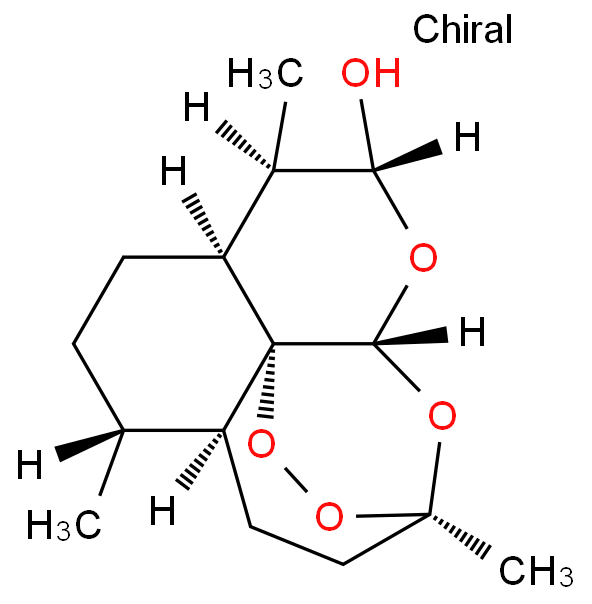Antiparasitic agents, also known as antiparasitic drugs or parasiticides, are substances or medications used to treat infections caused by parasitic organisms. Parasites are organisms that live on or within another host organism, often deriving nutrients from their host while causing harm or disease. Antiparasitic agents target these parasites to eliminate or reduce their presence in the host's body.
Antiparasitic Agents Categories
The realm of parasitic diseases encompasses two principal categories: protozoa and helminthiasis.
Within this complex spectrum, afflictions such as malaria, amoebiasis, and leishmaniasis emerge as representatives of protozoan-induced conditions, while helminthiasis encompasses a range of disorders including flukes, filariasis, and nematode diseases.
To confront these parasitic challenges, antiparasitic drugs are classified into two fundamental groups: anti-worm drugs and antiprotozoal drugs.
This strategic differentiation enables the targeted combat against a diverse array of parasitic organisms, ultimately working towards the mitigation of the intricate web of parasitic infections.
Usage of Antiparasitic Agents Products
The utilization of antiparasitic agents heralds a multifaceted approach, primarily directed at the disruption of parasitic organisms' essential functions.
These agents operate through intricate mechanisms, such as the inhibition of key enzymes within the worm's physiology, thereby crippling its vital processes. Additionally, they wield influence over the worm's metabolism, triggering perturbations that compromise its sustenance.
In tandem, antiparasitic agents exert control over the worm's nervous system, orchestrating an intricate interplay that undermines its capacity to thrive. Moreover, these agents perturb the delicate equilibrium of ions within the parasitic entity, further dismantling its ability to sustain itself.
Such strategic interventions underscore the versatile nature of antiparasitic agents, working synergistically to combat parasitic infections on multiple fronts.
.more+




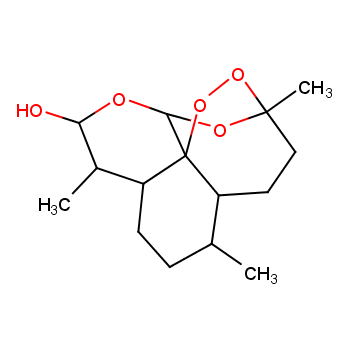
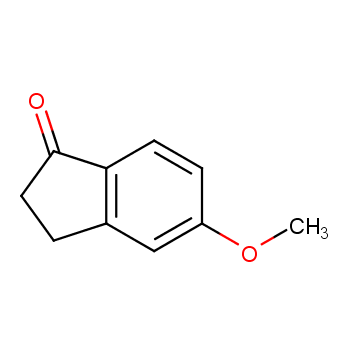
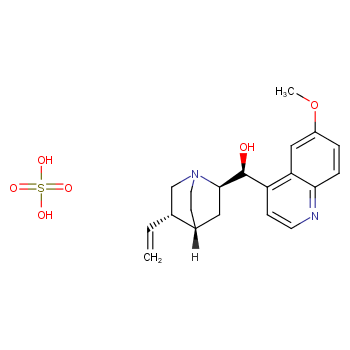
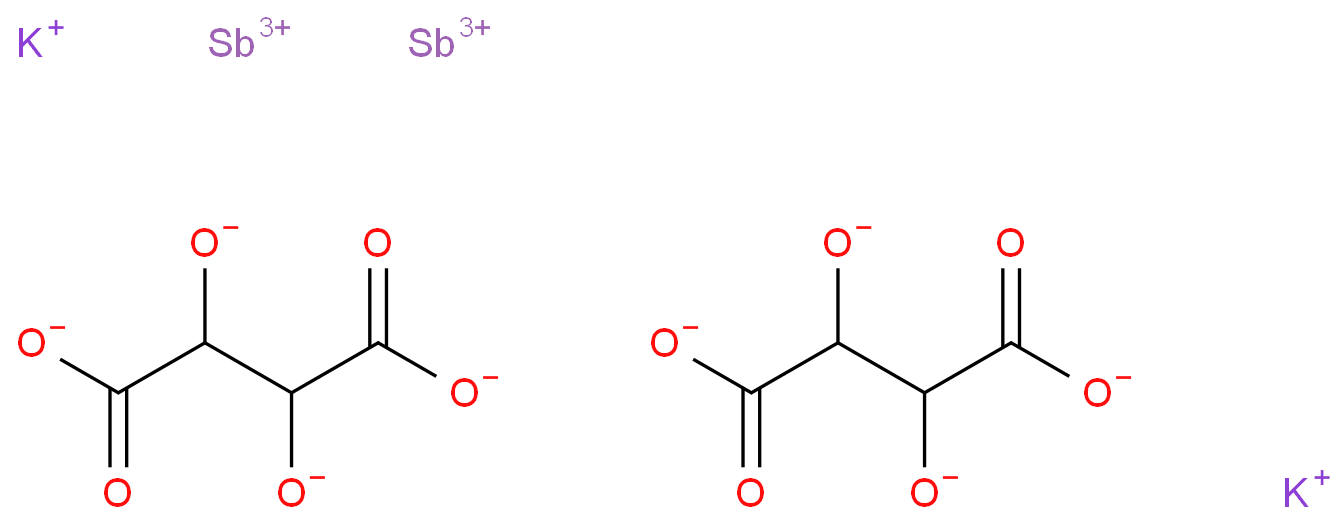
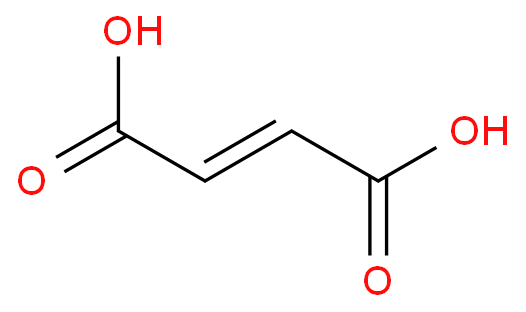
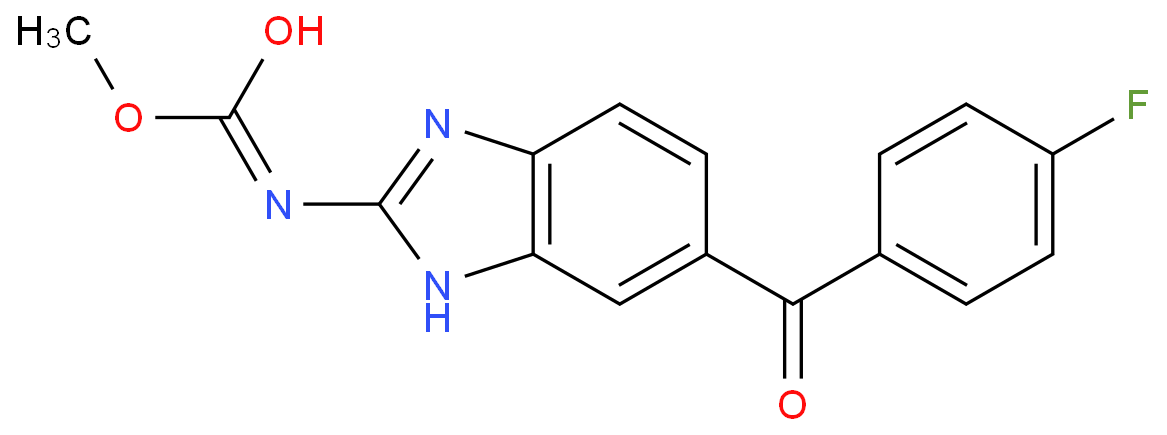
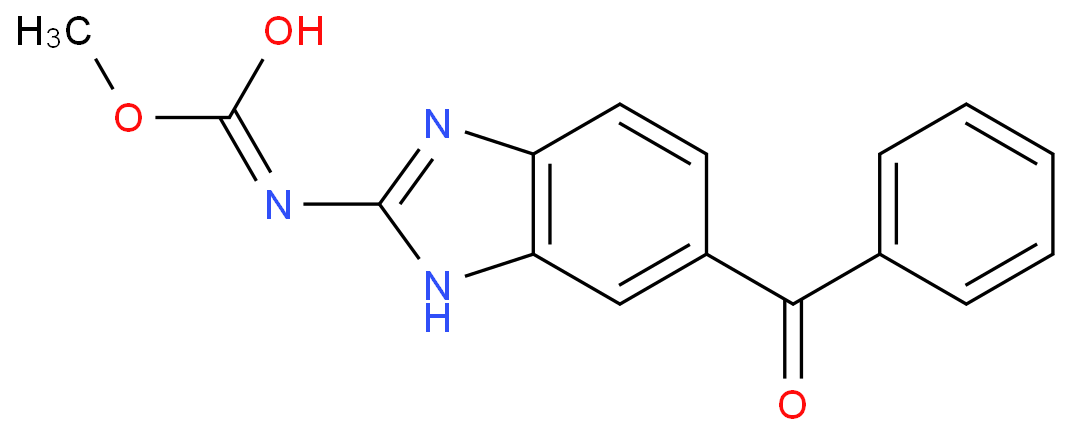
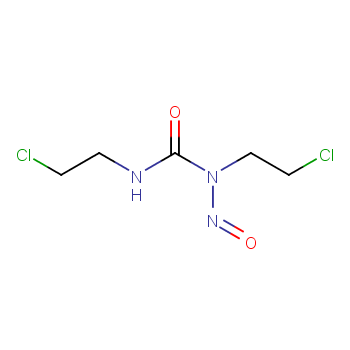
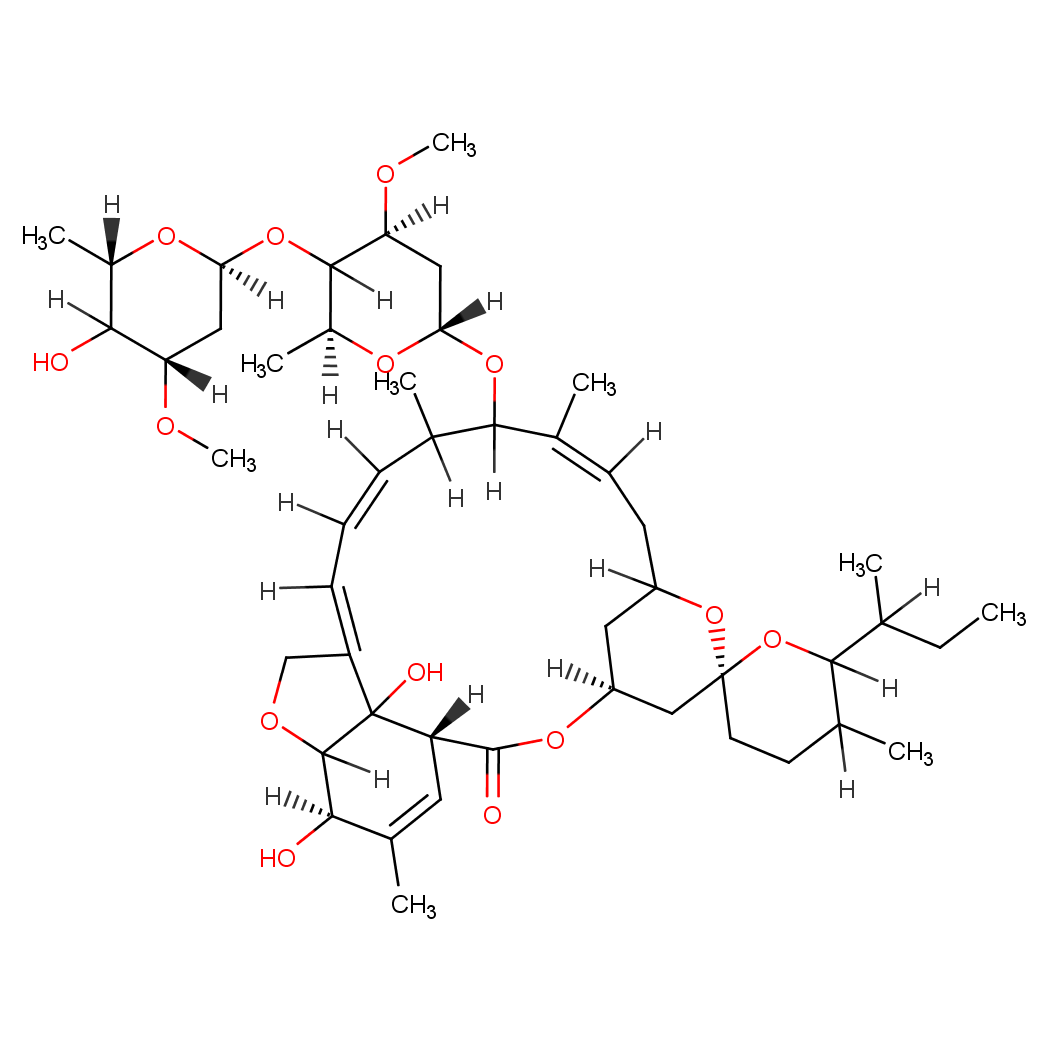
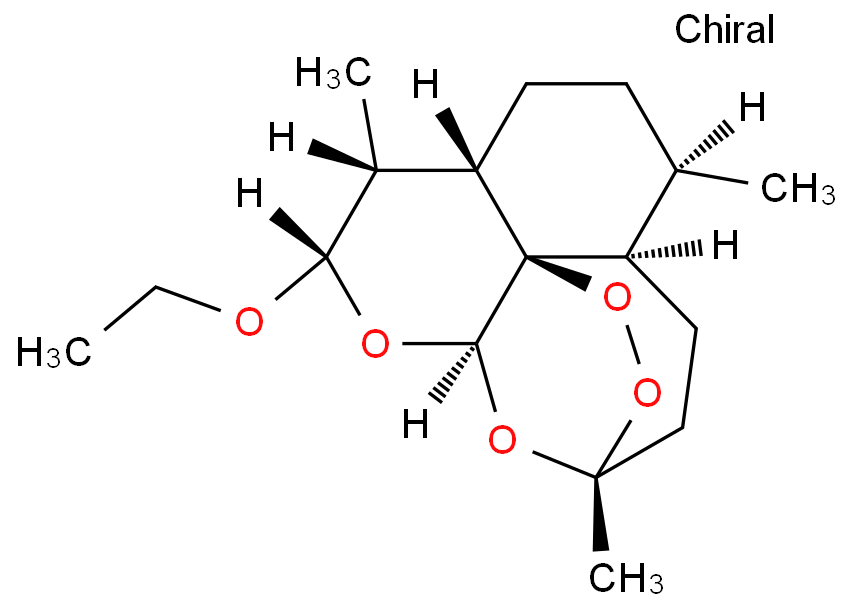
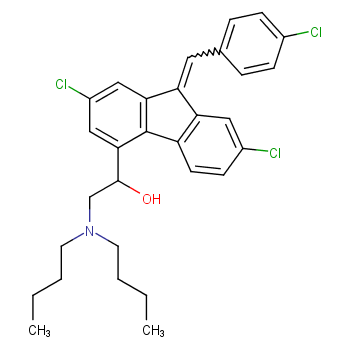
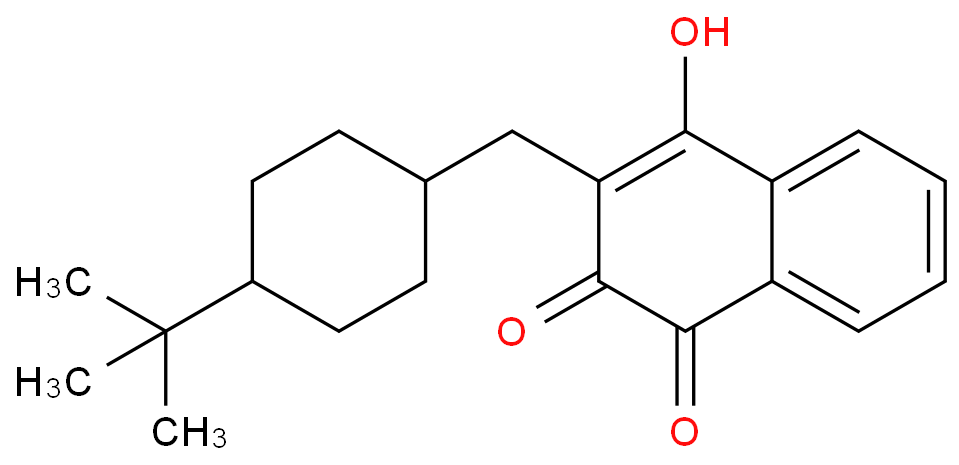
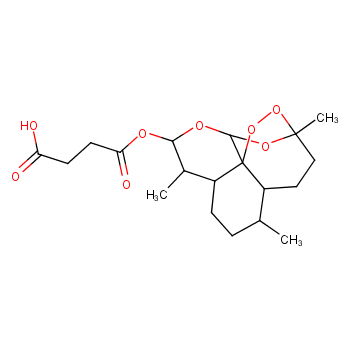
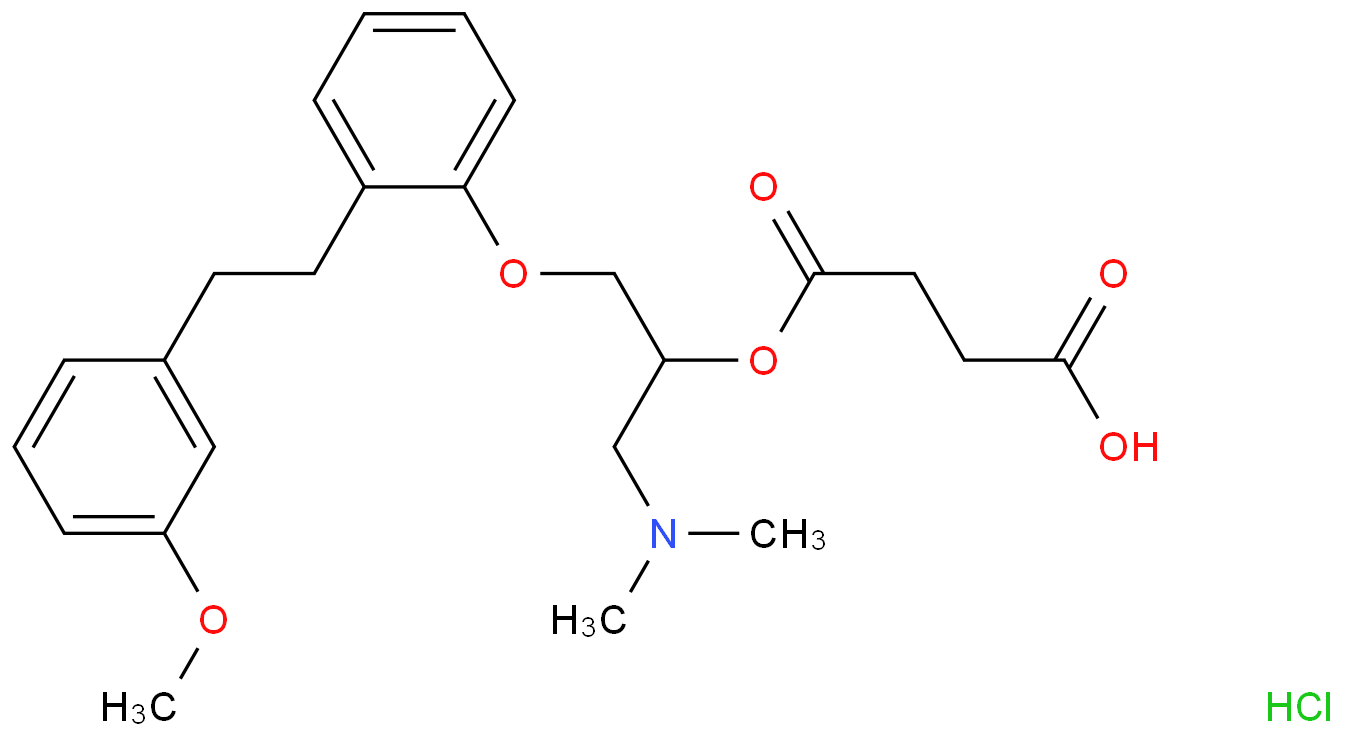
![[1-Hydroxy-3-(methylpentylamino)-propylidene]bisphosphonic acid sodium salt](https://structimg.guidechem.com/7/19/30678.png)
![N-{4-[4-(Piperidinomethyl)pyridyl-2-oxy]-cis-2-butene}phthalimide maleic acid](https://structimg.guidechem.com/5/5/30964.png)

